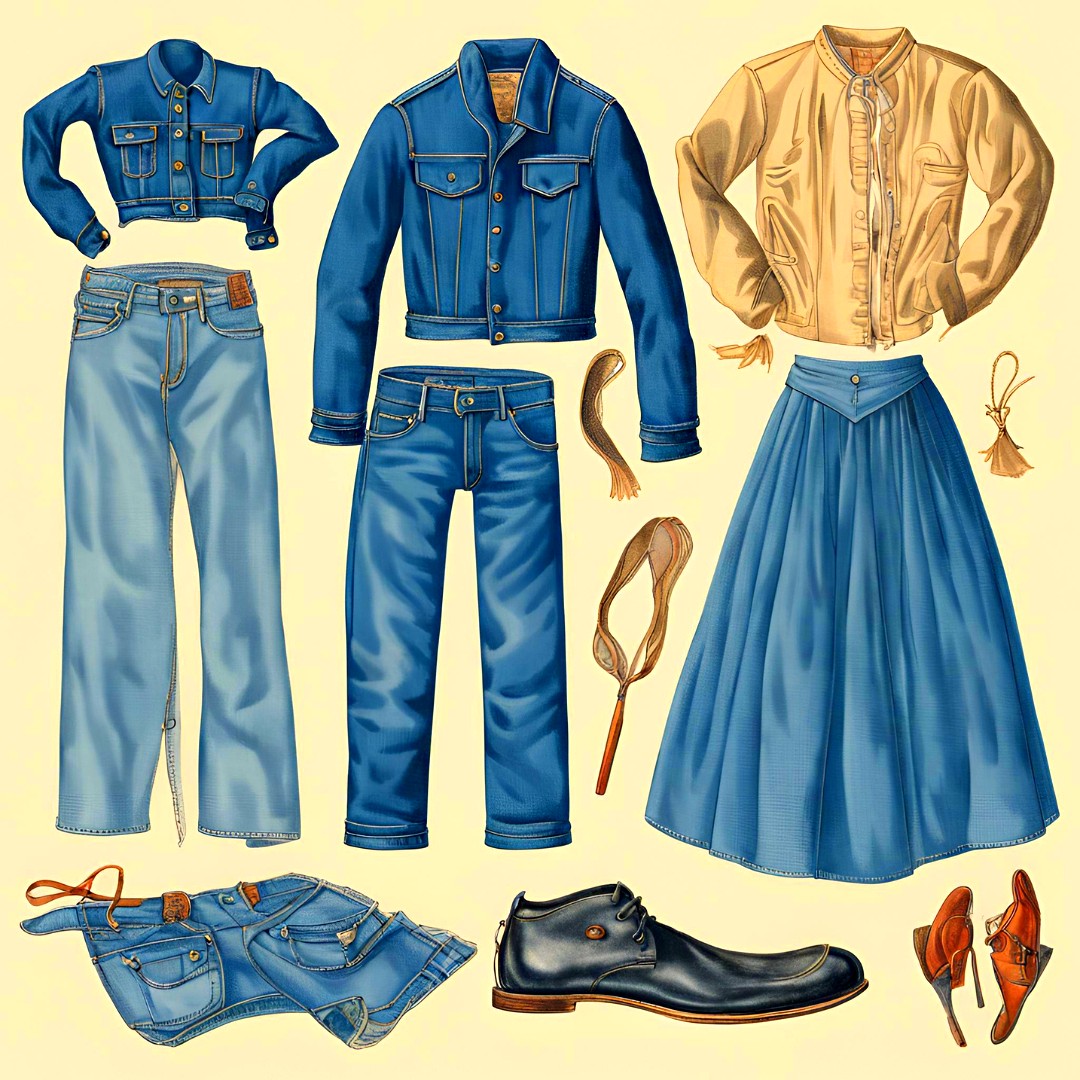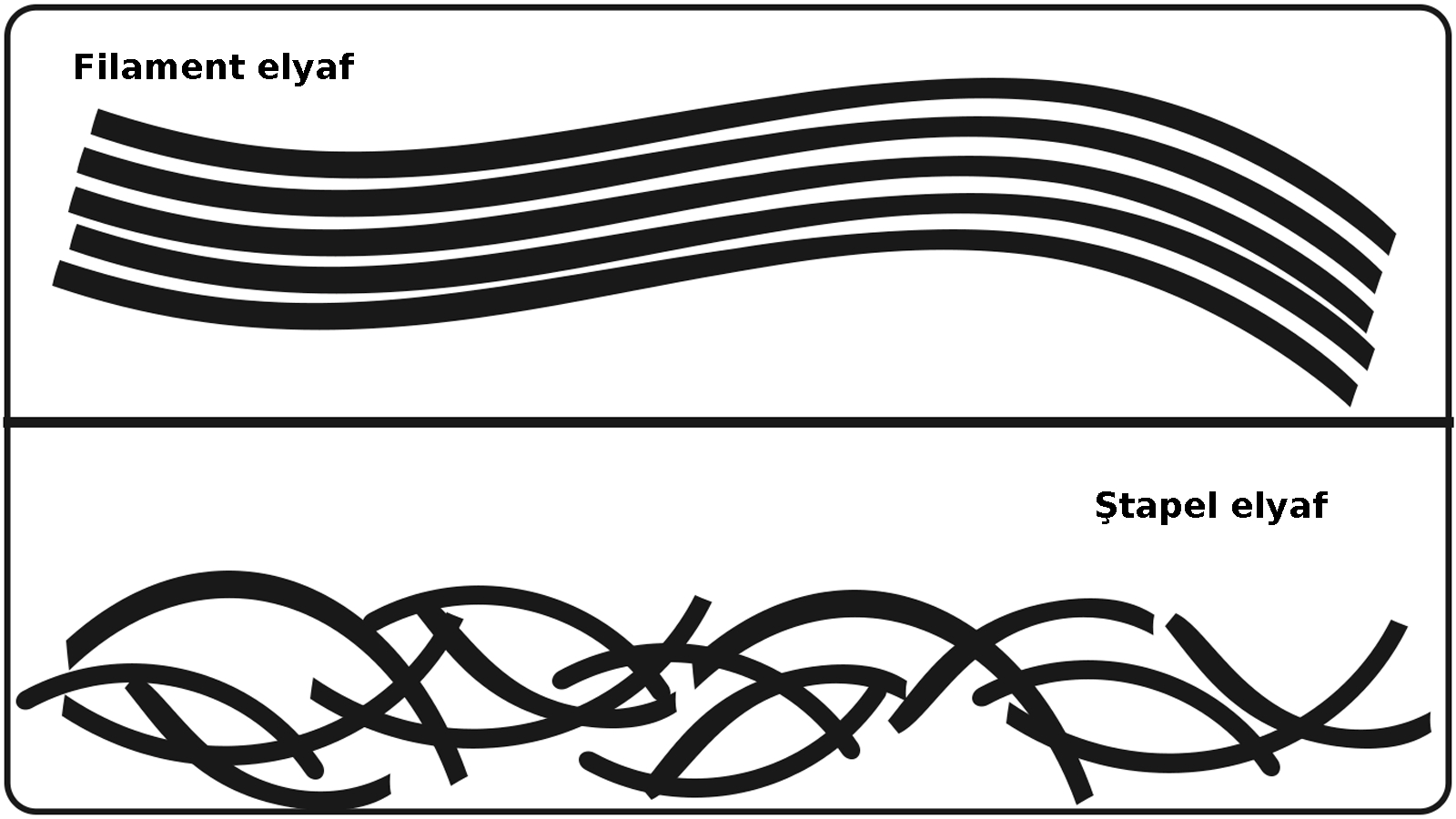Rotor/Open-End Spinning, Yarn Spinning Processes - Yarn Manufacturing
13:18
0 comments
Rotor or open-end spinning is a spinning process in which a rotating rotor is used to insert twist to the fed fibers. Rotor spinning is a technology for creating yarn without using a spindle. It is also known as break spinning. The principle behind open-end spinning is similar to that of a clothes dryer spinning full of sheets. If you could open the door and pull out a sheet, it would spin together as you pulled it out. Sliver from the card goes into the rotor, is spun into yarn and comes out, wrapped up on a bobbin, all ready to go to the next step. There is no roving stage or re-packaging on an auto-coner. This system is much less labour-intensive and faster than ring spinning with rotor speeds up to 140,000 rpm. The Rotor design is the key to the operation of the open-ended spinners. Each type of fiber may require a different rotor design for optimal product quality and processing speed. One disadvantage of open-end spinning is that it is limited to coarser counts, another is the structure of the yarn itself with fibers less in parallel compared to ring-spun yarns, for example, consequently cloth made from open-end yarn has a fuzzier feel and poorer wear resistance.
It was invented and developed in Czechoslovakia in Výzkumný ústav bavlnářský / Cotton Research Institute in Ústí nad Orlicí in 1963. The first open-end machines in the United Kingdom were placed, under great secrecy, by Courtaulds into Maple Mill, Oldham in 1967. Open end spinning came into widespread use in the late 1970s and early 1980s. It is still in use today and comprises a large percentage of the 100 % cotton yarn spun in the United States. It is very fast when compared to ring spinning, up to 10 times the production per spindle. From a cost standpoint, it doesn’t require the roving process step and it does not require an extra winding step. Yarn is ready for use directly from the machine. The process today is highly automated and includes automatic piecing (restarting of broken ends) and doffing (removal of full packages). For these important economic reasons, rotor spinning became the yarn-making system of choice through the early 1990s in the U.S.
Yarn count range is somewhat limited when compared to ring spinning. Rotor spinning doesn’t perform well at much above Ne 40/1 and is really most productive in the yarn counts below Ne 20/1. More than 95 % of denim yarn produced in the U.S. is made using rotor spinning. The rotor spinning process is difficult to conceptualize. A sliver is used as the input and is fed into a small carding device called a combing roll (or opening roll). This individualizes the fibers and performs the drafting. The loose fibers are sucked into a rotating rotor cup where they are attached to the rolling, open-end of yarn found there, thus the name, open-end spinning. The yarn is withdrawn and the process becomes continuous.
Yarn Spinning
There are three main methods for spinning, or twisting, the prepared cotton fiber into yarn. These processes differ in the manner in which they insert twist, resulting in distinctly different yarn structures. The result of these different structures can be seen and felt in the final product.
-
Ayakkabılarda doğru numara seçimi sağlık ve kullanım ömrü açısından önem arz eder. Kesirli Ayakkabı Numaraları Ne Anlama Geliyor? 🤔 Bazı a...
-
İş sağlığı ve güvenliği için bazı işletmelerde pr ayakkabı kullanımı gereklidir. Ayakkabılarda rastladığımız "PR" terimi, İngiliz...
-
Mavi polycotton nevresim takımı. Polycotton , polyester ile pamuğu (cotton) karıştırarak elde edilen, her iki elyafın en iyi performans ...
-
Yeşil renk ve tonları, sarı ile mavi ışığın birleşmesi sonucu oluşur ve fotosentetik pigmentler nedeniyle bitki yapraklarında yaygın olarak ...
-
Rahat bir kullanım için ayağın genişliği ve uzunluğuna uygun ayakkabıyı seçmek son derece önemlidir. Ayakkabı Genişlik Terimleri: E, F, FX,...
-
Lif kısaltmaları tekstilde elbise üretiminin her aşamasında kullanılır. Tekstil, Kumaş, Lif ve Elyaf Kısaltmaları : Tekstil endüstrisi, lif...
-
Ütü parlaması çok yoğun ise elbise kullanılmaz hale gelir. Ütü yaparken özellikle pantolon gibi hassas kıyafetlerde parlama oluşabilir. Ütü...
-
Çizme ve botlarda; konç genişliği, ağız genişliği, topuk boyu, tarak genişliği ve taban iç uzunluğu. Konç, bot, çizme, ayakkabı , çorap vb...
-
İngilizce renkler. İngilizcede renk kelimesi Amerikan İngilizcesinde "color", İngilizce İngilizcesinde "colour" olarak ...
-
Aksa akrilik fabrikası dünyanın en büyük akrilik üretim tesisidir. Türkiye'nin en büyük sanayi kuruluşları arasına 38 tekstil fi...
-
Türk tekstil ve hazır giyim sektörü: yerli markaların yükselişi. Türkiye'nin lokomotif sektörlerinden biri olan tekstil ve hazır giyim...
-
Akrilik elyaf, iyi yalıtım özelliğine sahip olmasıyla öne çıkan sentetik bir lif türüdür. Akrilik Elyaf: Tanım ve Özellikler Akrilik, ( Alm....
-
Kumaş numunesi. 1) Yapılarına göre (nasıl yapıldıysa o ismi alır) a) Dokunmamış kumaşlar - Nonwoven , keçeler, kağıt telalar, elyaf, vi...
-
Ünlü Türk modacı ve tasarımcılarının kreasyonları artık dünya moda başkentlerinde sergileniyor. Türkiye'de tekstil ve moda sektörünü...
-
Farklı renk ve türdeki kumaş çeşitleri. Kumaş, ipliklerin, çeşitli yöntemlerle bir araya getirilerek oluşturduğu kaplayıcı yüzeylerd...
-
Türk ayakkabı markaları, yerli ham maddeyi mükemmel işçilik ve estetik tasarımlarla birleştiriyor. Türk malı ayakkabı ürünler, kalitesi ve e...
-
Dünyanın en meşhur modacıları. Dünyaca ünlü modacılar Her sezon önce podyumları sonra da vitrinleri süsleyen özel koleksiyonların arkas...
-
Lif kısaltmaları tekstilde elbise üretiminin her aşamasında kullanılır. Tekstil, Kumaş, Lif ve Elyaf Kısaltmaları : Tekstil endüstrisi, lif...
-
Naylon olarak da bilinen polyamid kumaşlar sentetik kökenli bir kumaş türüdür. Polyamid ya da naylon (Alm. Polyamidfaser, Fr. fibre ...
-
Tekstil ürünlerinin etiketlerinde yıkama, kurutma ve ütüleme ile ilgili semboller bulunur. Tekstil Ürünleri için Tavsiye Edilen Yıkama Tali...




















































































































0 yorum:
Yorum Gönder
Merhaba, daha kaliteli bir site için yorumlarınızı bekliyoruz.